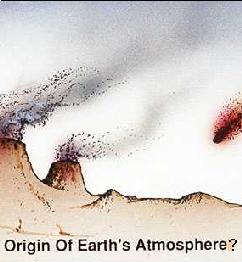This drawing represents a comet bringing atmospheric molecules and possibly primitive life forms to the Earth's surface.
Click on image for full size
JPL/NASA
Acid
Acids are well known as substances capable of dissolving things. If you've ever gotten some battery acid on your clothes and had a hole develop in a couple weeks you'll know what we mean. In this regard, an acid is very much like a
base. Here's a couple of scientific explanations of what an acid is:
An acid is any substance that upon dissolving in water increases the hydrogen content (H+). An acid can also be thought of as a substance which donates a proton to another species in a reaction. (Donate is really a passive term for what happens. The acid "forces" a proton on a substance which has any capability of accepting it). Acids are classified as either strong or weak depending upon their relative ability to do this. When it does this, it changes the substance it attacks.
There are many acids. Here are a few: Acetic acid (found in viengar), Acetylsalicyclic acid (found in aspirin), Ascorbic acid (found in vitamin C), Citric acid (found in lemon juice), Hydrochloric acid (digestive fluid in the stomach), Sulfuric acid (battery acid). In Earth science however, there only three which really matter because they contribute to weathering of terrestrial rocks. Those are Hydrochloric acid, Sulfuric acid, and Carbonic acid (which plays a role in the Earth's carbon cycle).
You might also be interested in:

We all know that salt is a big part of the ocean water today. Two things help scientists figure out what chemicals may have been part of the Earth's early oceans. Igneous rocks are made of iron, aluminum,
...more
An ocean began to form on Earth as soon as the temperature fell from very hot, to about room temperature, a temperature where liquid water is stable. According to the Goldilocks theory, Earth is at just
...more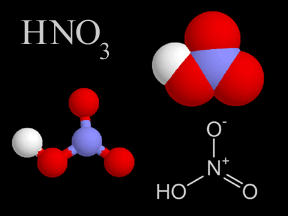
Nitric acid is a colorless, corrosive liquid and a toxic acid which can cause severe burns. Nitric acid consists of nitrogen, oxygen, and hydrogen atoms. Nitric acid, in its gas phase, is present in very
...more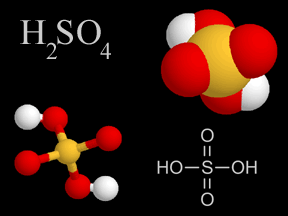
Sulfuric acid is a viscous, oily liquid and a strong acid which can cause severe burns. Sulfuric acid consists of sulfur, oxygen, and hydrogen atoms. Sulfuric acid is one of the components of acid rain.
...more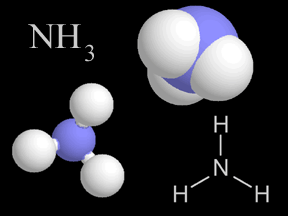
Ammonia is a chemical compound that is a colorless, flammable gas at normal temperatures and pressures. Ammonia is toxic, corrosive to some materials, and has a pungent odor. An ammonia molecule (NH3)
...more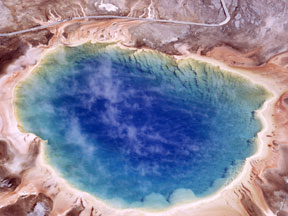
This page describes extreme environments that are acidic or alkaline, are exposed to high levels of radiation, are under tremendous pressure, or are hostile to "normal" life in a number of other unusual
...more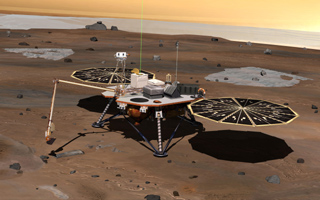
The Phoenix Mars Lander is a space mission sent by NASA to the North Polar Region of Mars. This page describes the instruments aboard the spacecraft and the mission objectives for Phoenix. Click here to
...more


